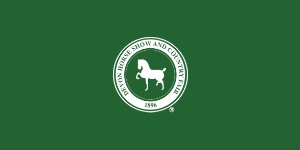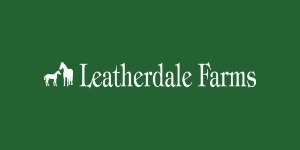The Sabine Schut-Kery clinic presented by Dressage at Devon was held on May 29-31, 2024 and hosted by Dunmovin Farm and Oak Springs Farm. The clinic had a fantastic turnout, raising close to $10,000 to support Dressage at Devon’s prestigious, international fall competition and bolstering local dressage enthusiasts’ efforts towards keeping this historic venue as a staple of the community. You could feel the excitement in the air with auditors standing out in the pouring rain at Oak Springs Farm, as well as filling every available seat at Dunmovin over the course of the three-day clinic to get their chance to watch Sabine share her training techniques. Highlights of the clinic included improving communication between horse and rider, suppling the body for better results, and rewarding the try in every horse to motivate them in their training progression.
Improving Communication with the Horse
During a time of heightened scrutiny for the sport of Dressage, Sabine’s empathetic approach to each session reminded us all of how responsive and sensitive our horses can be when we improve our communication with them. There was a soft rhythm to her voice when Sabine chose her words that was soothing and confidence building for both horse and rider. Sabine’s ability to articulate each exercise she taught enabled the auditors to feel as though they too, were riding along with the horse in session.

Young Rider Program graduate, Quinn Ridgway, had one of the most relatable rides of the clinic on her 16 year old Hanoverian, Dramatika V (Dramatic x Londonderry) who had a tendency to drop behind the leg. Rather than choosing to describe the horse as lazy, Sabine described “Chessie” as a little unmotivated. Sabine reminded us that putting an unmotivated horse in front of the leg isn’t always tempo related, but more so effort related. Most riders use their driving aids to increase their horse’s effort, but there are other tools to communicate just as effectively that you need your horse to meet your energy level. Sabine asked the young and upcoming professional to learn to be more intentional with her aids in terms of the timing and objective, but to avoid driving the horse out of balance. By creating more effort through each stride without increasing the tempo, the horse was able to find better cadence, resulting in a more energetic, balanced, and harmonious partnership.
For another horse whose tempo was a bit slow without sufficient collection for the level at which he is training, at the canter Sabine encouraged the rider to think of “adding in strides on the short side (go for six strides!),” and quickening her seat aide without pumping by thinking of “two strides for every one stride.”
Suppling the Body
Sabine discussed the importance of maintaining suppleness throughout the middle of your horse’s body, not just in the bridle. She commented that it is easier for the horse to bend in the neck and behind the saddle, but that the mid-section “is a mystery” where we need to increase our focus and do exercises to help the horse lift and bend through this region of their body. Each horse and rider combination improved their horse’s way of going by implementing the “crescent shape” that Sabine referred to in order to maintain suppleness in the line of travel, whether that be a straight line or on a circle or bending line.

The clinic focused on simple exercises such as the leg yield, which Sabine says “is the single best exercise you can utilize to improve the timing and application of your aids.” Every session involved a leg yield off the inside and outside aids during the warmup to check in with the rider’s body awareness and discover “how much and how little” the rider should apply their aids. For some horses, she encouraged the rider to apply steep leg yields to really engage the crossing of the legs and the throughness, while with others that were stiffer she encouraged using gentler leg yields with a focus on having the horse really give and soften wherever they were stiff and resisting. With one horse who was especially stiffly on his right side but then responded exceptionally well to gradual leg yields from the centerline back to the long side, Sabine said in gest to the rider and auditors, “I don’t even need to be here because he [the horse] can tell you everything!” Sabine described the inside aids as her suppling aids and her outside aids as her straightening aids.
Her advice to professional rider Francine Gentile and FEI horse “Don Divino” was to commit to the size of a circle, and corrected her position to communicate exactly what she needed the horse to do to stay supple. Whether it was to improve simple transitions such as the walk-canter, or to work on more advanced movements like the canter pirouette, Sabine explained the importance of your horse being on your aids while also maintaining a supple connection throughout the horse’s body. Another exercise was focused on counter canter, with Sabine challenging one rider to follow the track more closely (stay on the rail) particularly on the short side of the arena as a tool to enhance suppleness and straightness – building muscle and joint strength, because when properly executed the horse must carry more weight on his hindquarters – and improve the quality of the canter.
She also encouraged riders to strive to ride EVERY movement and transition “for an 8.”
Reward the Horse
One of the most effective rewards you can give your horse is giving frequent walk breaks. Sabine advised the audience to give their horse that moment of time to feel that they have pleased their riders during a walk break after correctly executing a movement. When having problems, she also joked that there is no magic exercise, but suggested coming back to the walk to address many issues. A simple walking leg yield exercise is preferred over upper-level movements done incorrectly.

Christina Morin-Graham and 17 year old Oldenburg “Laurencio” (Laurentio x Donnerhall) demonstrated nicely how a rider’s position can positively affect the communication with their horse. Sabine commented that Laurencio could be more aware of his own position, and stay more supple through the body for improved self-carriage rather than leveraging his neck. After successfully suppling the middle of her horse with some bending exercises on a smaller circle, Christina’s partnership became more in sync and effortless, resulting in many pats and rewards for Laurencio putting in the effort to offer this new change in his own posture.
Both riders and auditors alike came away from the Sabine Schut-Kery clinic with an encyclopedia of information to implement into programs with their own horses. All attendees could feel the love that Sabine had for the horse, and were reminded that “slowly is the quickest way to get to where you want to be” when training horses correctly to build confidence and progress up the levels of dressage.
A special thank you to the Dressage at Devon Sabine Schut-Kery clinic’s sponsors: County Saddlery, Dressage at Laurel’s Edge, Jericho Sport Horses, KASK, Malvern Saddlery, and Sports Medicine Associates of Chester County for supporting our mission to bring quality instruction to our local dressage community. If you are interested in sponsorship opportunities related to Dressage at Devon, please contact us at sponsor.vendor@dressageatdevon.org.
Jocelyn Gentry is an FEI Dressage Rider and Head Trainer of Gentry Sport Horses LLC, a dressage and eventing training facility located in Spring City, PA. She holds a bachelor’s degree in Advertising and Public Relations from Michigan State University and a Masters of Business with a specialization in Finance from the University of Tennessee.














